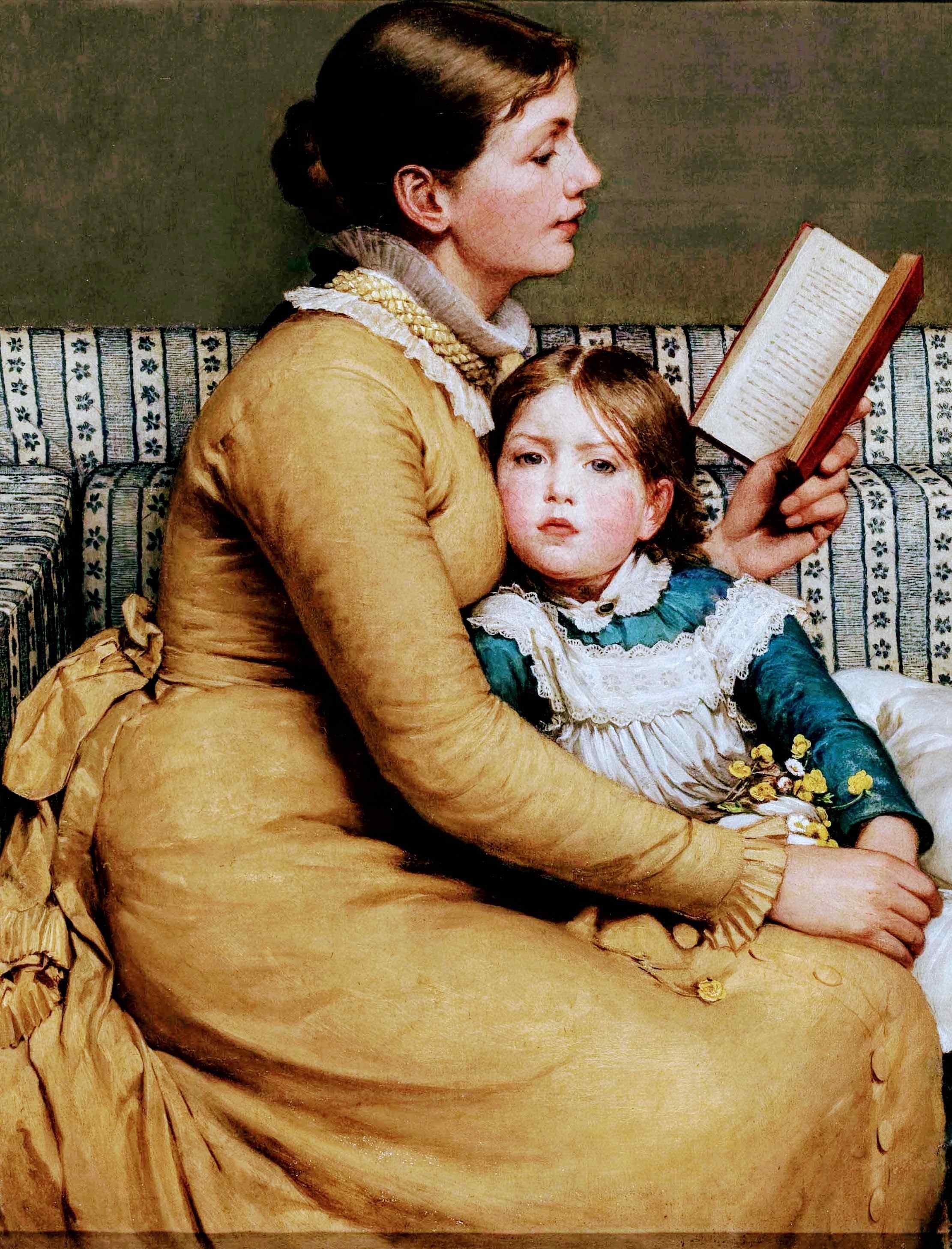Story time - reading aloud every day to your children - is key to their good development. Not only would they like listening to stories read aloud, but this is also a great academic tool, often neglected by parents and teachers when their kids grow up and can read on their own. "Reading aloud to students models fluent reading. It builds knowledge and vocabulary. Students can hear and discuss new words. It also improves listening comprehension. Notably, the texts should be two to three grades above their complexity level," said Sue Pimentel, a literacy expert.
Story time is an excellent way to bond with children while boosting their reading skills, broadening their vocabulary and knowledge, and inciting their curiosity. Moreover, this practice has the big advantage of helping both strong and struggling readers. Even kids who are behind in reading can benefit from hearing more sophisticated stories and concepts. At the same time, they continue learning even though they are not yet seasoned readers.
Of course, the ultimate goal is to teach children to read independently. However, the assumption that story time is only useful in the early years is incorrect. Pimentel wonders why teachers stop reading aloud to kids. "It's a mistake - a big mistake, a lost opportunity. Students can learn so much more, and at higher levels, when teachers read to them what they can't read themselves," she said.
On the other hand, some teachers may read aloud to their students without teaching them how to read deeply, which is also a mistake. Experts say it's important to be strategic about selecting the most effective books to teach reading. Timothy Shanahan, a professor emeritus at the University of Illinois in Chicago, and a literacy expert, worries that story time might replace actual reading in schools. "Teachers don't know how to deal with text that students can't read easily. Their point of view is that kids can't learn anything from a text that they can't already read reasonably well on their own," said Shanahan.

Picture: Alice in Wonderland, by George Dunlop Leslie (Wikimedia Commons)



